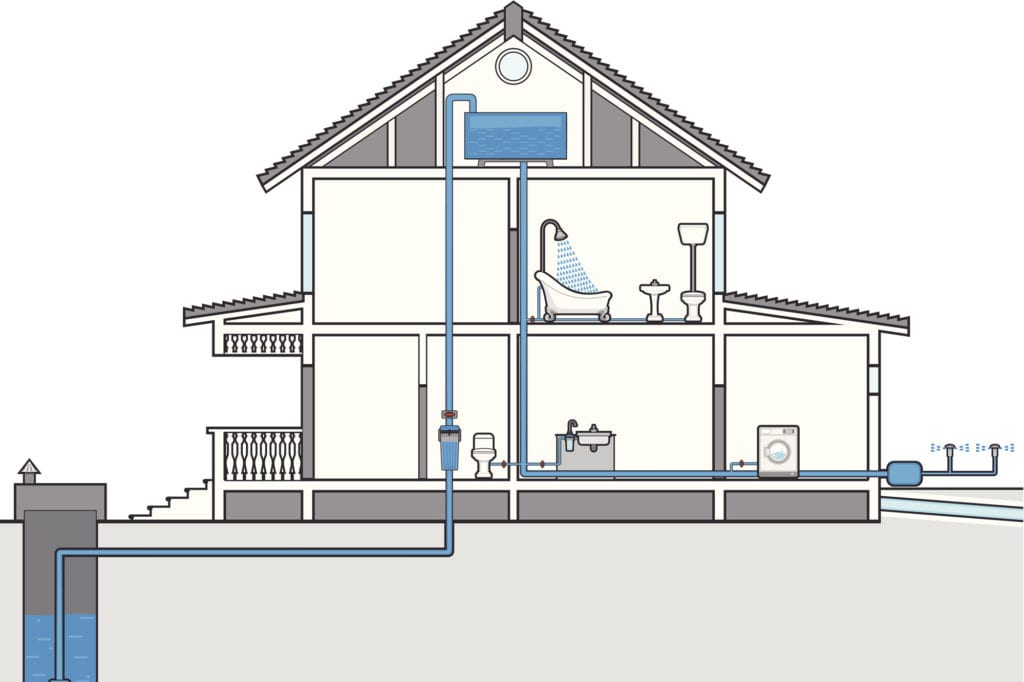How Does Plumbing Work in Your Home?
Your home’s plumbing system may look like a complicated network of pathways and pipes because it is. When something goes wrong with your plumbing, your first instinct is usually to call a professional plumber. This is a good idea if you can’t tell your supply line from your wastewater line. But what will you do until help arrives if you don’t have a basic understanding? Understanding the basics can save you from a flood situation and thousands of dollars in damages. In this article, we’ll explore the ins and outs of the two subsystems that carry fresh water into your house and drain the wastewater out.
How Does the Water Supply Work for Your Home?
The supply systems bring fresh water into your home, usually from a pipeline that runs underneath your street. The water passes through a meter, which records how much water you use before its distributed to different appliances throughout your home.
Your water pipes are typically made of plastic, copper, or galvanized iron and range in diameters from .5 inches to 4 inches, depending on the fixture.
Supply pipes must carry water upstairs, and around corners, so the water is under a lot of pressure to fight gravity. If one of your water pipes ever bursts, you’ll need to shut off the main stop valve, which is usually located close to the meter. This will help you avoid flooding your home.
How does Your Home’s Plumbing Drainage System Work?
Your wastewater will flow out of your home into one of two locations – either to a sewage treatment facility or septic tank. You need to know which of these two systems your home uses in case of an emergency.
Your drainage system does not rely on pressure to operate. All drainage pipes go downward. Gravity pulls wastewater away from your home, and the municipal sewer line continues to flow down to the disposal site.
Drainage systems include vents, traps, and cleanouts, all of which are essential to the safe disposal of sewage. Vents stick out of your roof and allow air to get into the pipes. Without air supply, the wastewater would not flow, and the water in the traps would require continual manual cleaning.
How Do Supply and Drainage Pipes Interact?
The supply and drainage pipes are parts of two separate systems. They do have to both flow in and out of the same appliances, however. Clean water needs to come out of your faucets while dirty water should run down, out of the drain. The sink is said to act as a bridge. Any fixture can be a bridge – toilet, sink, shower, and dishwashers are all bridges.
Need a Plumber?
Hopefully, you now have a better understanding of the two primary systems that comprise your plumbing system. Unfortunately, this article will not make you a plumbing expert, but perhaps it helps you better pinpoint the source of your problem.
Top of the Line Plumbing provides plumbing services to Duval County, St. Johns County, Atlantic Beach, Jacksonville Beach, Ponte Vedra Beach, and the surrounding areas. There isn’t a plumbing job too big or too small for our team to handle. From repairs and repiping to hydro jetting and water filtration, Top of the Line has the experts to get the job done.
904-647-1221





